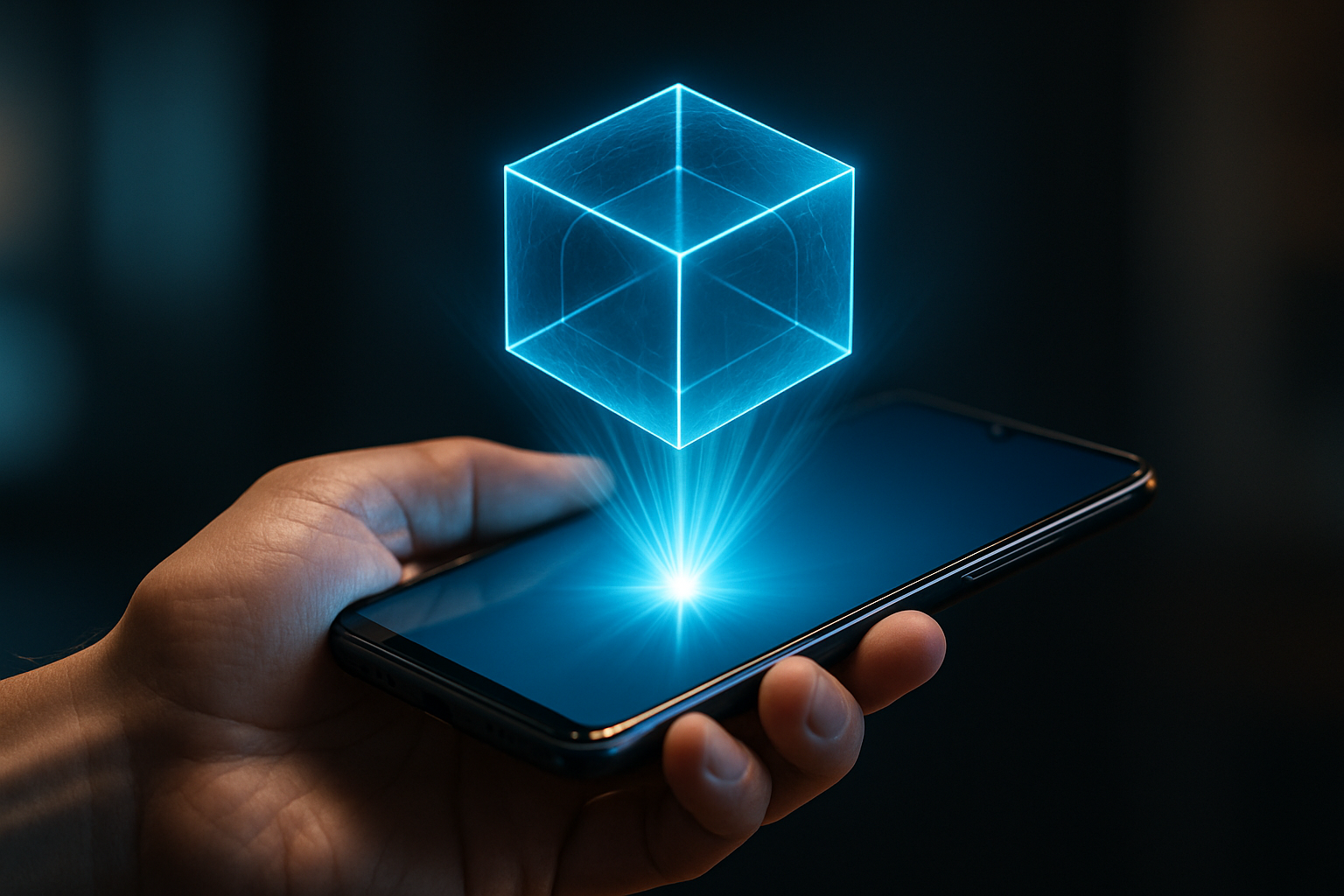Holographic Touch: The Next Frontier in User Interfaces
In a world where touchscreens have become ubiquitous, a new technology is emerging that could revolutionize how we interact with our devices. Holographic touch interfaces are stepping out of the realm of science fiction and into reality, promising a future where we can manipulate digital objects in mid-air without physical contact. This cutting-edge development combines advanced optics, precise motion tracking, and sophisticated algorithms to create a tactile experience with light itself.

The Science Behind Holographic Touch
At its core, holographic touch technology relies on a combination of advanced projection systems and precise motion tracking. High-resolution projectors create three-dimensional images in space, while infrared cameras and depth sensors track the user’s hand movements with millimeter accuracy. The system then interprets these movements as interactions with the projected interface, allowing users to “touch” and manipulate virtual objects.
One of the key players in this field is Ultraleap, formerly known as Ultrahaptics. Their technology uses ultrasonic waves to create tactile sensations in mid-air, adding a crucial element of feedback to the holographic experience. By focusing sound waves to specific points in space, users can feel virtual buttons, sliders, and even textures without any physical contact.
Current Applications and Prototypes
While still in its early stages, holographic touch interfaces are already finding their way into various industries. In the automotive sector, companies like BMW and Jaguar Land Rover have been experimenting with holographic controls for in-car infotainment systems. These interfaces allow drivers to adjust settings and navigate menus without taking their eyes off the road or reaching for physical buttons.
In healthcare, holographic interfaces are being explored for use in operating rooms and medical imaging. Surgeons could potentially manipulate 3D scans of patients’ organs in real-time during procedures, enhancing precision and reducing the need for invasive techniques. Companies like RealView Imaging are at the forefront of this application, developing systems that project interactive, true 3D holograms of medical imaging data.
Challenges and Limitations
Despite its promise, holographic touch technology faces several hurdles before widespread adoption. One of the primary challenges is achieving consistent accuracy and responsiveness. Environmental factors like lighting conditions and background movement can interfere with motion tracking, potentially leading to errors in input recognition.
Another significant challenge is the lack of standardization. With multiple companies developing their own proprietary systems, there’s a risk of fragmentation in the market. This could lead to compatibility issues and slow down the overall adoption of the technology.
The Role of Haptic Feedback
A crucial aspect of making holographic touch interfaces feel natural and intuitive is the incorporation of haptic feedback. Without the physical sensation of touching a surface, users may find it difficult to gauge the accuracy of their interactions. Companies are exploring various methods to provide this feedback, from the aforementioned ultrasonic waves to more exotic solutions like mid-air plasma systems that create tactile sensations through ionized air.
The challenge lies in creating a feedback system that’s both precise and safe for prolonged use. Current prototypes can provide basic sensations, but replicating the nuanced feedback of physical buttons and surfaces remains a significant hurdle.
Potential Impact on User Interface Design
As holographic touch technology matures, it has the potential to fundamentally change how we design and interact with user interfaces. Traditional 2D design principles may need to be reimagined for a 3D space, opening up new possibilities for intuitive and immersive experiences.
This shift could lead to more natural and ergonomic interfaces, potentially reducing the physical strain associated with traditional touchscreens and keyboards. However, it also presents new challenges in terms of accessibility and universal design, as not all users may have the same range of motion or spatial awareness.
The Future of Holographic Touch
While holographic touch interfaces are still in their infancy, the technology is rapidly evolving. Industry analysts predict that the global market for gesture recognition and touchless sensing could reach $30 billion by 2025, with holographic interfaces playing a significant role in this growth.
As the technology improves and costs decrease, we may see holographic touch interfaces become more commonplace in public spaces, workplaces, and eventually, homes. The potential applications are vast, from interactive advertising displays to collaborative design tools and immersive gaming experiences.
However, the true test will be whether holographic touch can offer meaningful advantages over existing interface technologies. As with any emerging technology, its success will depend on its ability to solve real-world problems and enhance user experiences in ways that current solutions cannot.
As we stand on the brink of this new era in human-computer interaction, one thing is clear: the way we interact with technology is about to change dramatically. Holographic touch interfaces represent not just a new input method, but a fundamental shift in how we perceive and manipulate digital information. The coming years will be crucial in determining whether this technology can live up to its promise and truly bring the world of science fiction into our everyday lives.




